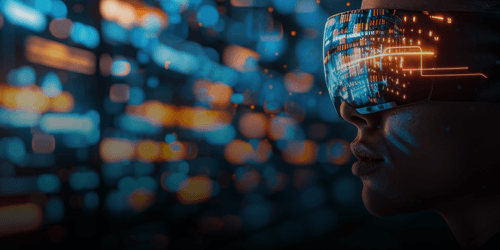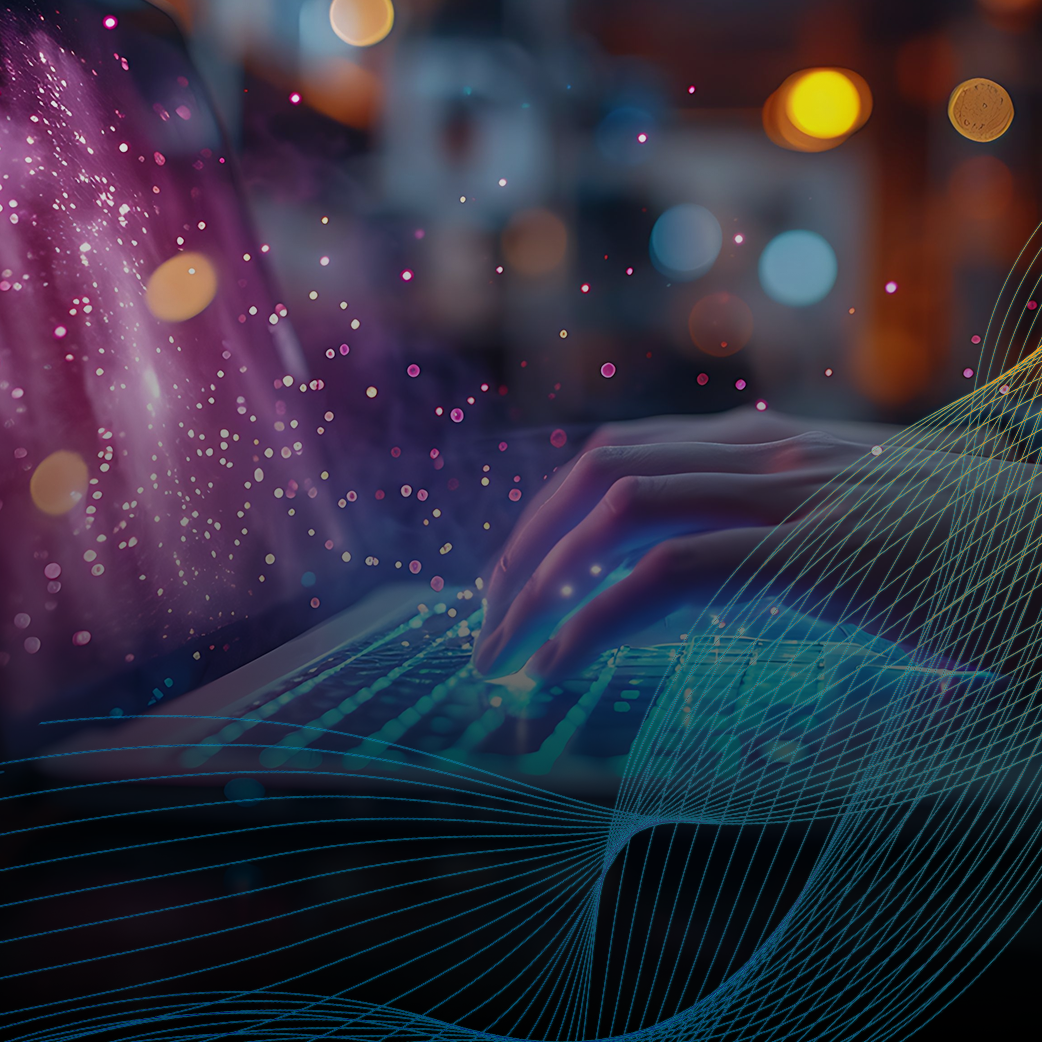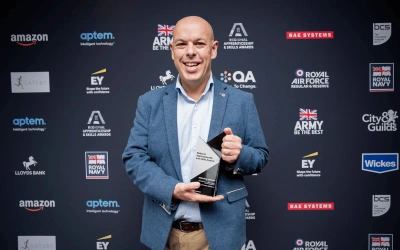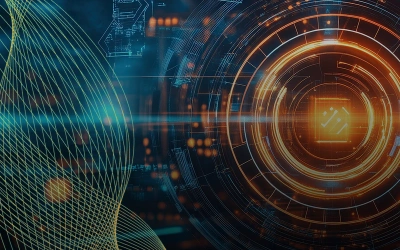Extended Reality (XR) is enabling us to reimagine the world. As technology has advanced, we have been able to cross tangible barriers – from touch screens to voice-controlled devices, from watching videos to experiencing being in them, from manual operations to automatic. XR is the next phase of intuitive, immersive technology, where the digital and physical worlds meet. It encompasses virtual reality (VR), augmented reality (AR), and mixed reality, as well as acknowledging the role that artificial intelligence (AI), Internet of Things (IoT), and the application of tools such as 3D printing and digital twins play in creating a digital reality. According to Gartner, 70% of enterprises will be experimenting with immersive technologies for consumer and enterprise use by 2022, and 25% will have deployed to production. Here, we explore some of the ways that XR will shape the world around us.
Immersive customer experiences
XR is being used to bridge the gap between reality and concept, enabling businesses to bring customer experience to life in everything – from retail through to entertainment, leisure, and attractions (e.g. museums). According to Accenture, 80% of executives believe that it will be important to leverage XR solutions to close the physical distance when engaging with employees or customers.
An example of this is virtual showrooms, which enable consumers to ‘trial’ products – such as using AR-based apps to place 3D digital images of furniture into their houses. This leads to more confident buying decisions – in turn, shortening the sales cycle and leading to greater satisfaction. One business found that customers were 11x more likely to make a purchase when using this technology.
Zero office environments
XR’s ability to simulate the real world offers practical solutions to workplace problems. For example, XR creates a digital safe space to conceptualise and test new ideas. This means that it can deliver on-the-job, onsite training using digital replicas of real life scenarios – enabling employees to learn without incurring any real risk to the business (or themselves). It also improves consistency and engagement, ensuring that workers cannot misinterpret or forget vital steps. This is especially useful to run through dangerous, complex, or stressful scenarios – such as practising medicine, operating heavy machinery, or re-enacting Black Friday!
In another example, XR can be used to close physical distances and improve collaboration. As businesses become more global and workforces more diverse, working across borders will be the key to competitive edge. XR can help employees to work together by accelerating and automating processes, bringing ideas to life visually, and communicating thoughts and feelings without subtext or language barriers. Individuals across the world will be able to work on a hologram of a prototype simultaneously, without ever needing to meet.
In turn, this will open up access to a whole new workforce. Building immersive office environments will reduce the need for brick-and-mortar office space. According to Accenture, by 2023 “zero office” environments will be normal among knowledge workers across industries. Individuals will be able to work flexibly from any location across the globe, without affecting productivity, all facilitated by Extended Reality.
"Companies are using VR to test applicants as part of an assessment process – they can be put in virtual scenarios and have their abilities put to the test. It also eliminates racial or gender bias, allowing for a fair comparison of all candidates. VR is also useful for candidate attraction and engagement – a branch of the British armed forces is using VR at events to allow candidates to experience mission participation; with a reported 66% increase in attendance as a result.
But by far one of the most innovative ways that I’ve seen this technology being used is through mobile applications. Currently being developed are apps that candidates can point to a building to pull up vacancies, virtual office tours, job satisfaction ratings and application pages. At Impellam, we’ve been exploring how XR can be used to improve our client’s access to talent, including developing relationship with VR/AR assessment providers. We also partner with providers in gamification and neuro-science based assessment to help our clients attract, assess and secure talent."
Charlotte Horton, Head of Innovation and Insight – Impellam Group (Lorien’s parent company)
Connecting the metaphysical dots
Translating meaning from 2D instructions to 3D reality can be complicated, as anyone trying to build a wardrobe using paper instructions can tell you. XR bridges this gap by superimposing digital information into real-life environments. This enables humans to gather insight and process information, make informed decisions, and visualise solutions to problems. This is revolutionary for areas such as healthcare and medicine, which can use the technology to transform flat images such as CT scans in order to establish trends and patterns.
Faster, stronger, sharper
More and more companies are harnessing the power of digital reality to improve operational efficiencies. In manufacturing, holograms of prototypes can be brought to life to test outputs or to superimpose the end product onto the work in progress and reduce time checking blueprints. In logistics, AR can locate products for picking up, configure routes, and direct workers to the next picking up location. Navigational images on glasses or on windshields in vehicles help workers to process information quickly and focus on the task in hand. In operations, wearable devices, sensors, and digital interfaces are providing new insight into worker productivity – highlighting opportunities for continuous improvement.
Meanwhile, digital twin technology - which creates a digital replica of a real-life system or product - is using sensors and systems to monitor real-life changes and to test hypothetical scenarios. For example, a digital twin of an aircraft engine can be used to monitor stress and wear on equipment, temperature, and efficiency. Or, in another example, an operator can use a digital twin to control a robotic arm with greater precision – handy for intricate or dangerous work, such as operating.
Digital twins complement the arsenal of XR by enabling us to monitor and control processes, products, and systems easily. In fact, Gartner predicts that by 2021, half of large industrial companies will use digital twins, resulting in those organisations gaining a 10% improvement in effectiveness. In the workplace and in day-to-day life, new realities offer infinite possibilities.







